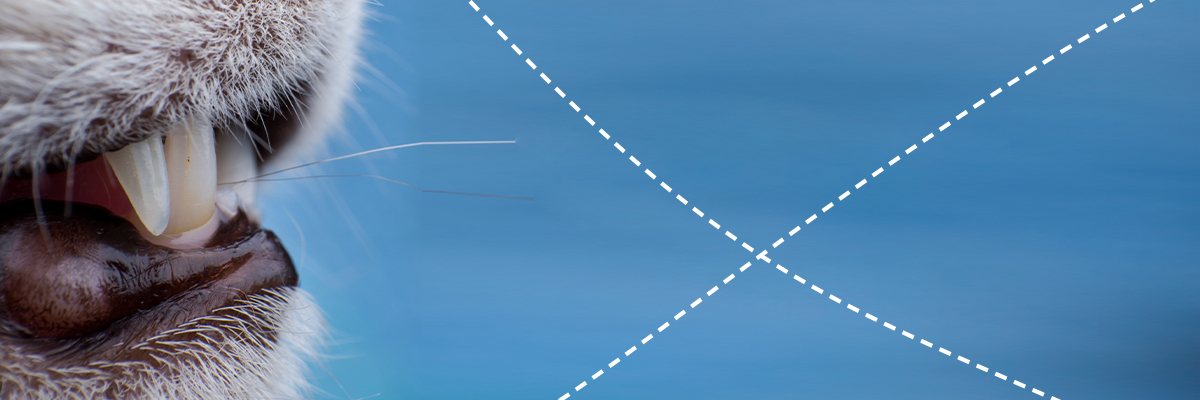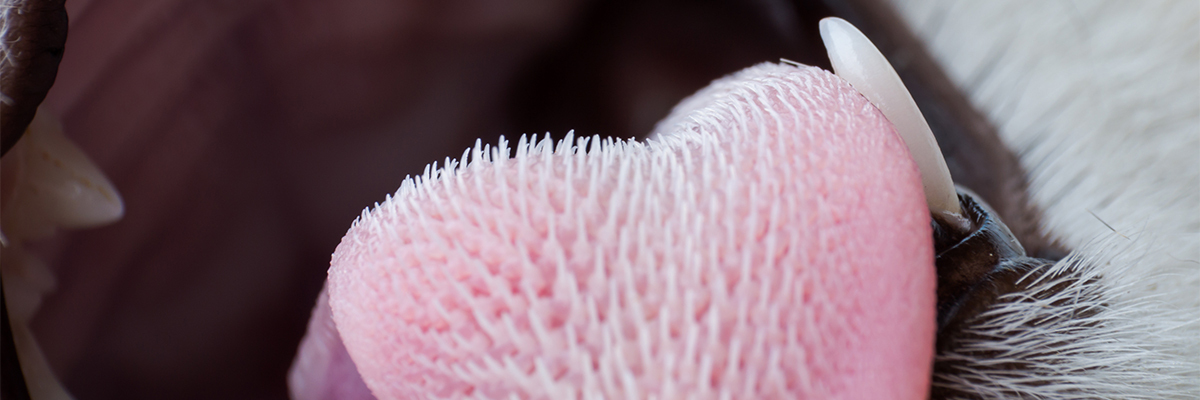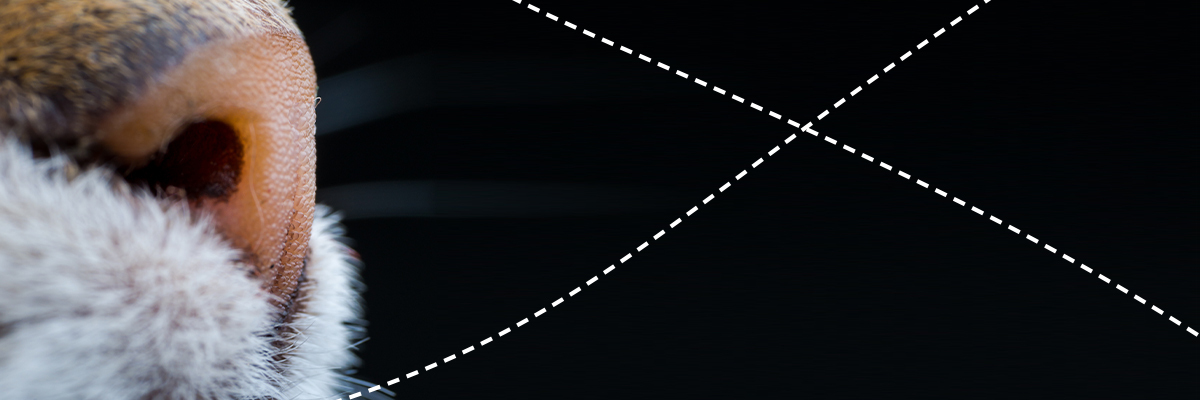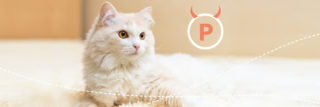
Summary
- Palatability of cat food does not only result from the pure taste for the cat
- In old age, there are additional factors that reduce the palatability for the old cat
- Especially for cats with chronic kidney disease it is important to increase palatability.
It is not only the taste of the food that makes our domestic cats enjoy it. The eating behavior and preferences of cats are much more complex. Unfortunately, it is not the case that cats would intuitively eat the best ready-made food. Quite the opposite, the healthiest cat food is abandoned if the cat does not like its taste.
CATS ARE MEAT LOVERS
The cat, as an obligate carnivore, depends on an adequate supply of proteins and amino acids such as the amino acid taurine. Cats must obtain these from animal protein such as in muscle meat and organs. Their entire digestive tract is designed for eating meat. Thus, cats have anatomical features such as a relatively short intestinal tract that is optimal for digesting meat proteins. Herbivores, on the other hand, have a very long intestinal tract because digestion of plants requires such. Likewise, the cat’s teeth are designed to eat meat: Long canines and short incisors and molars are geared for hunting and help the cat release the meat from the bones of its prey.
CATS PREFER SNACKS
When hunting, cats prefer mainly smaller rodents, of which they capture and eat about 12 a day to satisfy their nutritional needs. It was also observed that domestic cats preferred to eat smaller snacks more often. Dogs, on the other hand, prefer to eat larger meals. In summer, cats eat up to 15% less food than in winter.
TASTY DOESN’T MEAN HEALTHY
The hunted food consists of about 90-95% proteins and fats. Only about 10% are carbohydrates. Since the latter are cheaper, they are found frequently and in quantities up to 40% in ready-made foods. This is made possible by the fact that low-protein cat foods are also preferred by cats due to their higher palatability. In addition to taste, texture, particle size and energy density, other factors related to the appetite of the cat play an important role. Appetite is influenced by obesity, frequency of food intake, variety of cat food and also portion size. Palatability, in turn, depends on the smell, taste, texture, look and shape of the food and mouth feel for the cat.

GOOD SMELL CREATES THE TASTE
Cats have far fewer taste buds than dogs or humans and are therefore less sensitive to taste, which is initially surprising. Cats do not taste sweet and therefore naturally show no preference for sugar. Water, on the other hand, is not tasteless to cats. For the expression of taste, the cat uses other senses. The sense of smell plays the most important role, and is much more pronounced than in humans, for example. If cats sniff a food first, this is an important test, because only if it smells well, it is finally also tried. Attractive smell of the food as for example from fish or also from ready-made food is preferred therefore by cats. What smells “tasty”, is also gladly eaten. If the cat sniffs at a food for a long time, it is less tasty for him.

A Cat’s taste IS CONSERVATIVE
The individual taste preferences of cats are already developed in puppyhood. The food that cat puppies receive influences their taste until old age. If cats are used to a single food, they stick to it and do not want to eat any new food. It is therefore advisable to provide variety at an early age so that there are fewer problems with feeding and possible food changes (e.g. to senior food or kidney diets) later on. It should also be noted that new cat food is not accepted by cats in stressful situations such as a visit to the vet. The negative attitude towards the new food will then remain at home.
THEIR FACIAL EXPRESSION REVEALS WHETHER THE CAT LIKES IT
Touching the food with a paw before eating and biting into it are good signs that the cat will like it. With eyes half-closed while eating, cats show that they like the food. Other “full-bodied taste mimics” include twisting the tongue, licking the nose and mouth as well as smacking. If the cat is satisfied, it tends to play with the food. If it eats thereby something, which it does not like, it licks its nose increasingly, moves the tail from side to side and cleans itself.
OLD CATS HAVE “BAD TASTE”
There are influences on palatability that can be age-related: older cats have a more limited ability to smell, so (the same) cat food will seem less palatable to them. Older cats also have more problems with appetite. This is especially important in CKD cats, which eat poorly anyway. (see clinical symptoms)

INCREASE PALATABILITY
Studies show that in older cats, feeding fresh food more frequently and adding warm water over the food can be appetizing. Cats prefer moist food because it is more like the natural moisture content of meat (70-85%). Cats love animal proteins (such as muscle meat or liver) and would naturally opt for a lower carbohydrate diet. There is a correlation between the protein content of the food and its palatability to the cat: the higher the percentage of mainly animal proteins, the more attractive the food will be to the cat. However, collagenous fibers, which are more favorable, are less palatable than muscle meat or organs. The content of certain amino acids (e.g., cysteine, lysine, leucine) also increases palatability, as does poultry fat or salmon oil. Pig liver can also positively influence the palatability of the feed in cats, as well as sodium components (e.g. sodium pyrophosphate). Inulin as a probiotic can be used in cat food and may also have a positive effect on cat acceptability.
Therefore, for poorly eating CKD cats, it is important to implement some of these palatability tips.
Bibliography:
- Pekel, A. Y. / Mülazimoglu, S. B. & Acar, N. (2020): Taste perference and diet palatibility in cats. Journal of Applied Animal Research, Vol. 48 (1), S. 281–292.


